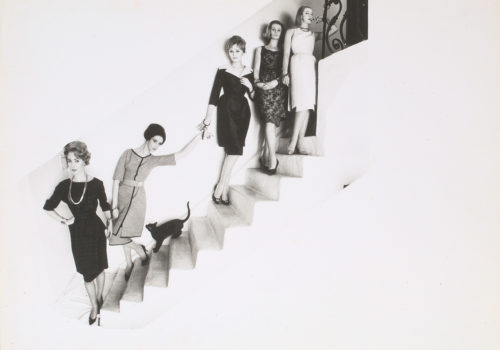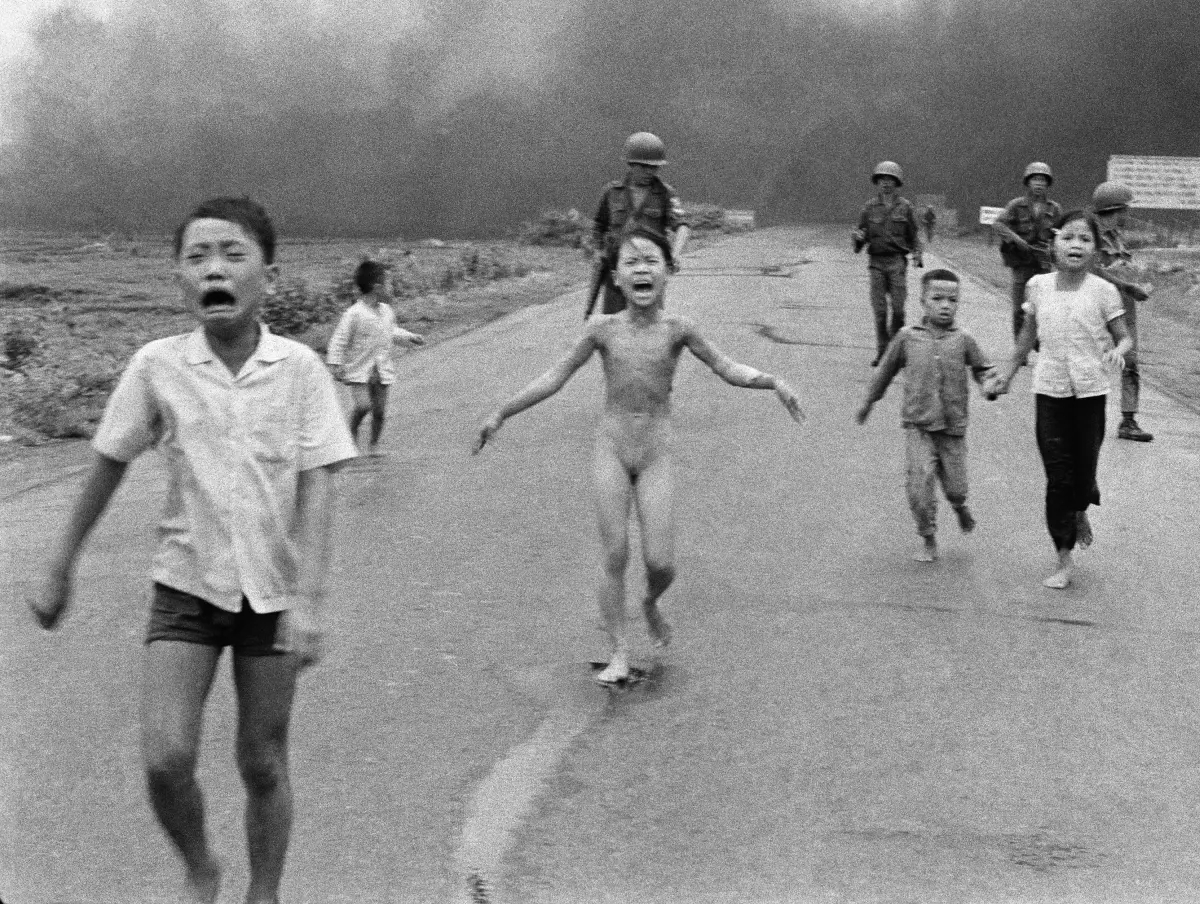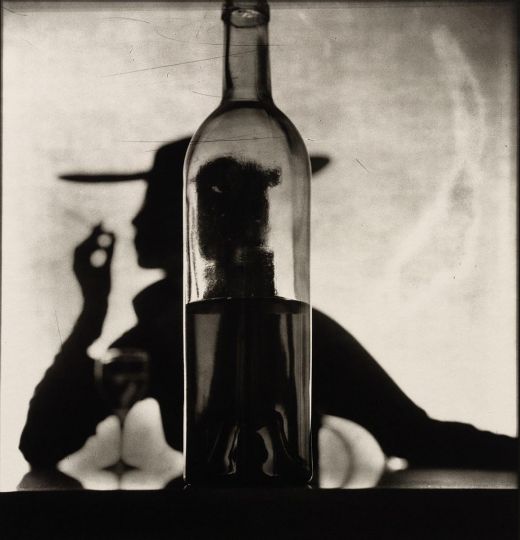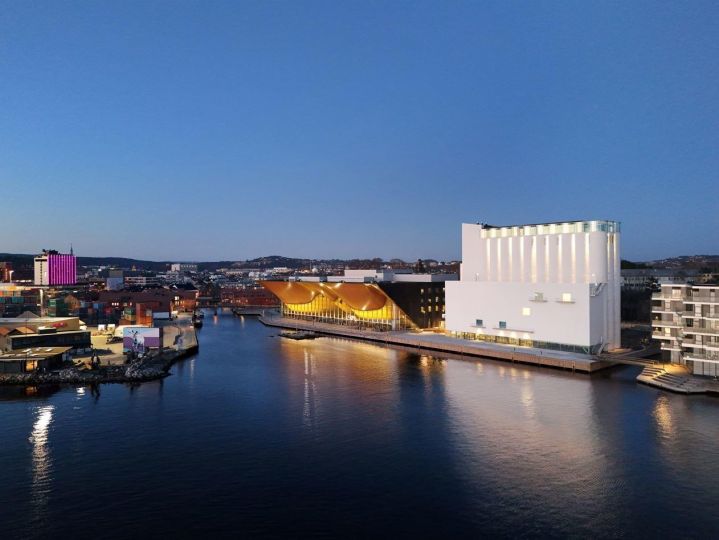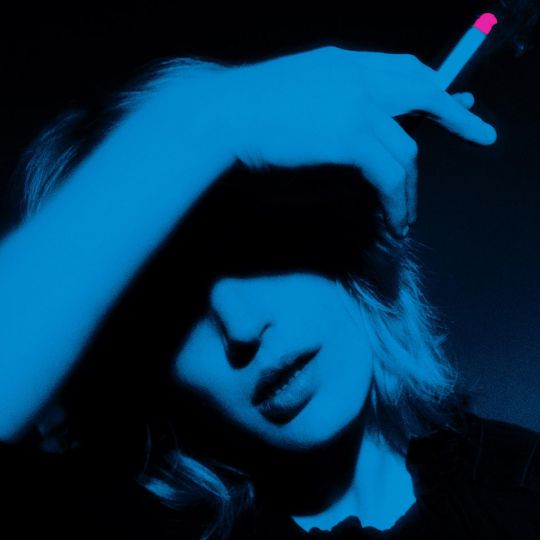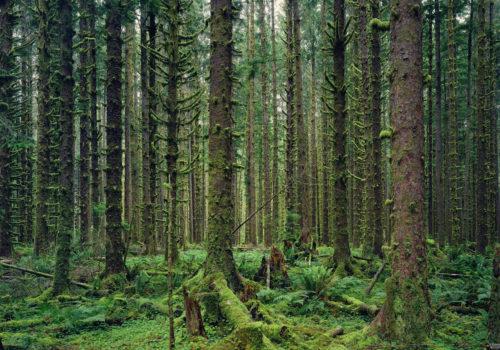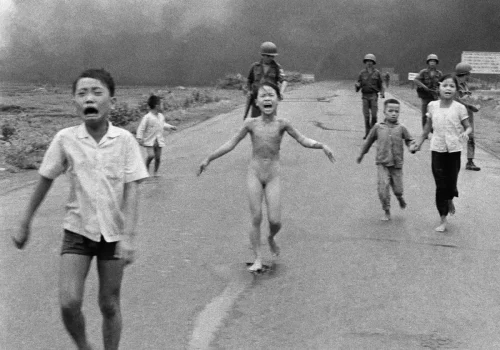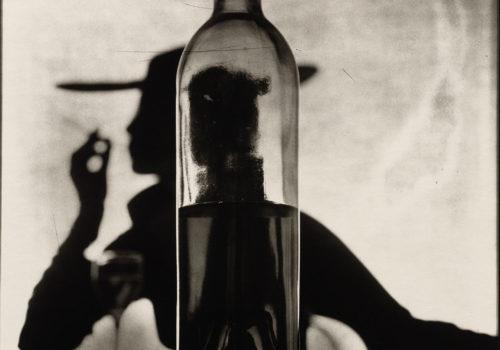Photography is a collaborative process – like a dance – and Norman was like Fred Astaire. Iman (from ‘Norman Parkinson – Portraits in Fashion’ by Robert Muir, with a foreword by Iman)
Queen Elizabeth, the Beatles, Audrey Hepburn, David Bowie and Twiggy were among the many 20th century icons and the world’s greatest personalities that were immortalised by Norman Parkinson (1913 – 1990), one of the foremost British fashion and portrait photographer of the post-war era.
Over sixty of his wonderful and stylish fashion photographs are currently on show in the exhibition An Eye for Fashion: Norman Parkinson Photographs, British Designers 1954 – 1964, at the M Shed in Bristol. The images were chosen from a collection of over 200 images from the Angela Williams Archive (AWA) ‘Designers of British Fashion’ portfolio, many of them have never been displayed before, and are exhibited alongside a collection of 50’s and 60’s fashion of the kind that Parkinson’s dynamic photography brought to life.
Born as Ronald William Parkinson Smith in South London, Parkinson trained as a court photographer in London’s Mayfair before opening his own studio in 1934 with Norman Kibblewhite. Harper’s Bazaar magazine recruited him in the same year to take editorial photographs and in the following five years he received regular monthly commissions from them as well as undertaking portrait and reportage work for other magazines such as The Bystander.
At the start of his career, Parkinson’s inventive and spontaneous style was groundbreaking, challenging the conservative static of the posed fashion and portrait photography dominating at that time. Parkinson revolutionised the world of British fashion photography by being one of the first to take models out of the studio and into the urban environment, encouraging them to behave more naturally – he pioneered in a style called ‘action realism’, a mode of fashion photography that has been persistent until the present day in the work of, for example, David Bailey. Parkinson successfully masked all the hard work required by each assignment and developed what seemed to be an unstructured and insouciant style. With these seemingly casual and dynamic images Parkinson produced a kind of fashion photography that was entirely different from anything that had been produced before.
Towards the end of World War II, Parkinson moved from London to Manor Farm in Worcestershire where his work began to mirror the realities and pace of English rural life. 1942 also marked the start of Parkinson’s long association with British Vogue magazine and in 1949 with its American cousin. Parkinson was also one of the first fashion photographers to use colour photography, which really was in its infancy before his arrival at Vogue. These fresh photographs convey a modern and timeless feel, which gave British Vogue a new identity as it moved into the glamorous and fashionable post-war era characterised by brightly coloured designs and a growing fashion-consciousness among the masses and, especially, the younger generations.
The 1950s and 1960s embody a pivotal decade in the emancipation of women and Norman Parkinson’s dazzling fashion photographs capture the growing confidence of a new generation of women and simultaneously mirror the fashion world’s celebration of this newly won independence. What made Parkinson a great photographer was his honest adoration and admiration of women; these bold photographs full of vivacity lovingly reveal his appreciative gaze for the charm, intelligence and humour of feminine beauty.
Before leaving his studio in Twickenham and moving to Tobago in 1963 he had been appointed as the Associate Editor of Queen Magazine as his contract with Voguehad been terminated over a dispute regarding the ownership of the negatives of the photographs he had produced for the magazine. By the 1970s however Parkinson was back with the international editions of Vogue and carrying out freelance work for various other internationally renowned publications. Due to his appetite for work and his enthusiasm for fashion and location work he was trusted with many special projects and exotic locations and travelled all around the world before sadly dying in Malaysia on location in 1990.
Being 6 feet and 5 inches tall, moustached with big features and kind eyes, Parkinson, or ‘Parks, as he preferred to be called, could be described as a dandyish Englishman. He himself had been as much of a charismatic character as the personalities he had photographed. Angela Williams, his former assistant, described Parkinson as ‘patient’, ‘rewarding’ and as ‘a simply fantastic man’. His persona made him stand out and played a big part in his celebrity; known to be flawlessly professional with impeccable manners, Parkinson easily connected with people and knew how to reassure the uneasy sitter .
His success during his lifetime was so considerable that he even helped numerous models to break through in the fashion world, among the Celia Hammond, Jerry Hall and Wenda Rogerson who became his wife in 1947. But Parkinson was not only admired and loved by the fashion world he also became a favourite of the British Royal Family for whom he took numerous official portraits.
Norman Parkinson insisted on being known as a photographer and a craftsman, and not an artist. However his modern and dynamic images have gained artistic and historical significance, which far transcend their original purpose. As a recipient of various awards and being an Honorary Fellow of the Royal Photographic Society, Parkinson is one of the foremost photographers of his day, responsible for transforming the face of fashion photography and being an influential predecessor for many in his field. His career spanned over seven decades and for every single one Parkinson re-invented himself as a photographer. The chameleon quality of his style and his astonishing adaptability, have ensured the longevity of his career. Whether fashion tableau or portrait sitting, urban or rustic, his technically faultless photographs always convey a sense of joie de vivre as well as Parkinson’s love for making his subjects look glamorous and beautiful.
Norman Parkinson’s images capture the colour, the mood, the sound and the smell of an era in a way that only great photographs can.
Anna-Maria Pfab
Many thanks to Angela Williams from the Angela Williams Archive, Kerrie Girst and Helen Hewitt from Bristol Museum & Art Gallery as well as the Norman Parkinson Archive.
‘An Eye for Fashion: Norman Parkinson Photographs, British Designers 1954 – 1964’ will be on display at Mshed in Bristol until 15 April 2012.
The following events will be hold in conjunction to the exhibition:
Vintage Valentines 14 Feb, 8pm (tickets £8, advance bookings)
http://mshed.org/whats-on/events/vintage-valentines/
Curator-led talk, 25 Feb, 11am
http://mshed.org/whats-on/events/norman-parkinson-gallery-talk-with-catherine-littlejohns/
Talk with Angela Williams, 17 March, 2pm
http://mshed.org/whats-on/events/norman-parkinson-gallery-talk-with-angela-williams/
M Shed Vintage Weekend, 24-25 March
http://mshed.org/whats-on/events/m-shed-vintage-weekend/

